Attic Vents
Attic vents
Do you know what attic vents are? If not, you’re in for a surprise! Attic vents are an important part of your home’s ventilation system. They help circulate air and keep your home cooler in the summer and warmer in the winter. In this article, we will discuss the different types of attic vents and how to install them. We will also discuss the benefits of using attic vents and some of the problems that can occur if they are not used.
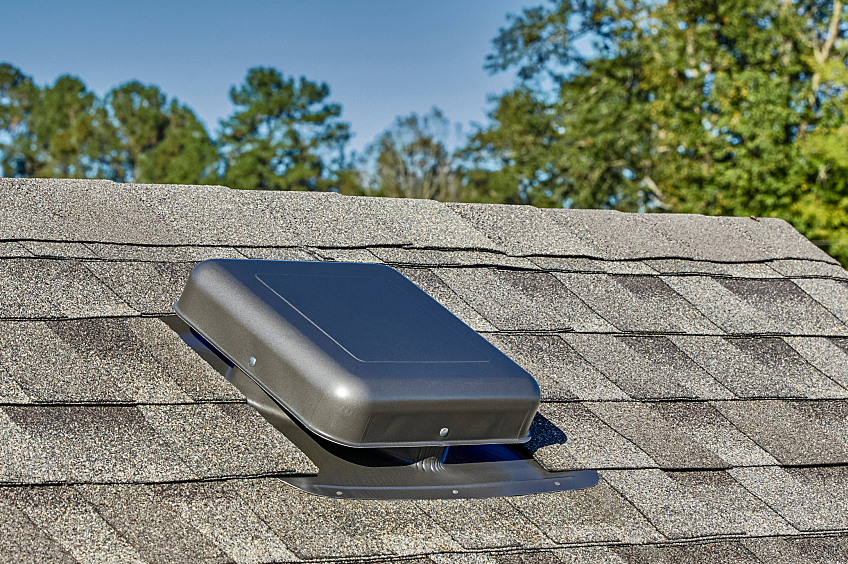
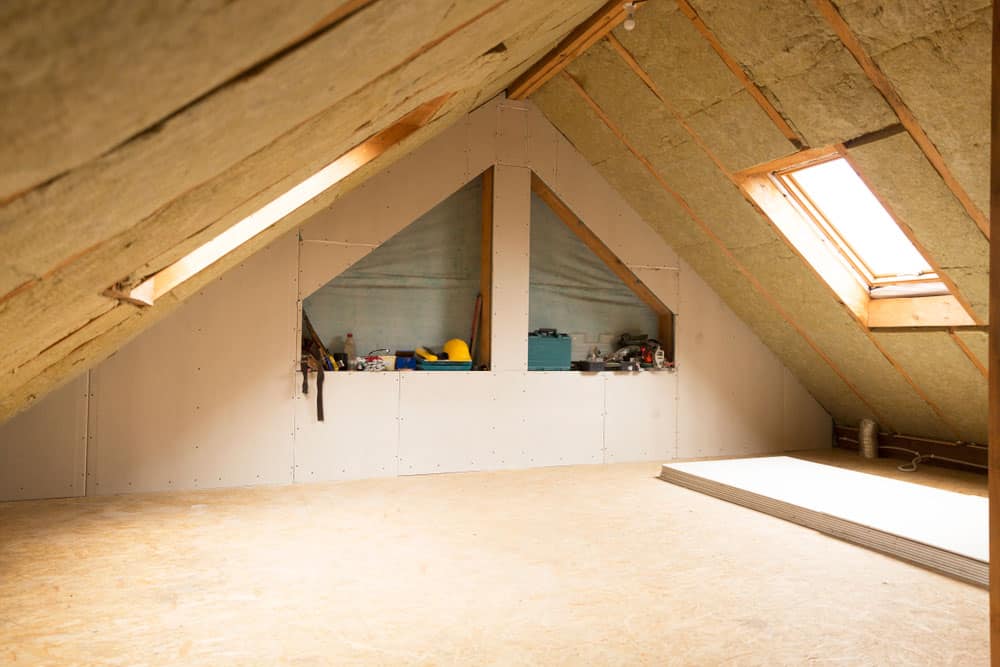
Do you have an attic?
If you answered yes, then listen up! You need to install some good-quality attic vents. They’ll help keep your home cooler in the summer and warmer in the winter. It is one of the most important parts of your home’s ventilation system.
Attic vents are designed to promote air circulation and release hot air that can build up in your attic. To help you choose the right one for your home, we will give you tips on the different types of attic vents available and on how to choose the right one according to your need.
If you want to learn more about the different types and benefits of attic vents, keep reading!
All you need to know about Attic Vents!
The attic vent is a part of the ventilation system in your home. They come in several different types, designed to promote air circulation and release hot air from the attic.
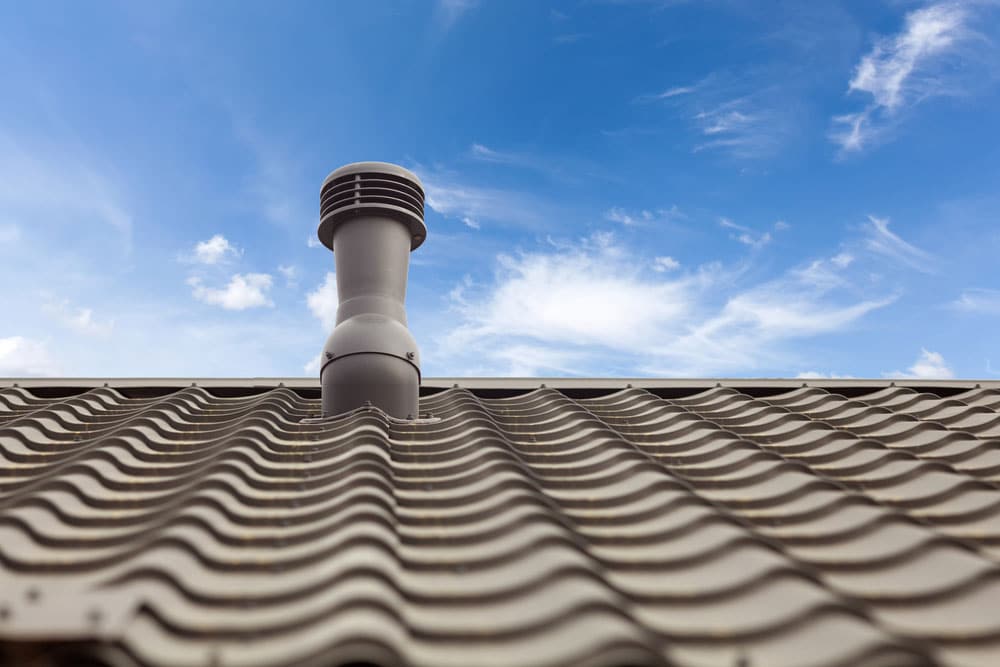
What is the purpose of an attic vent?
Attic vents play a crucial role in your home’s ventilation system. They help regulate the temperature in your attic and keep it cool during the hot summer months. By promoting air circulation, they also reduce moisture buildup, which can lead to mold growth or damage to your roof and attic insulation.
Some of its benefits are:
- Keeps attic temperatures regulated.
- Keeps attic temperatures regulated.
- Prevents mold growth.
- Improves energy efficiency.
- Kept a minimum of Ice dams.
These are just a few benefits that attic vents can bring to your home.
How do Attic Vents work?
Attic vents allow hot air to escape through the top of your roof, while the cooler outside air is brought in through lower vents. This helps regulate the temperature and improve air circulation in your attic.
These benefits and advantages of having a glass skylight, it’s important to consider the installation process and maintenance.
Different Types of Attic Vents
1. Gable vents
2. Soffit vents
3. Ridge vents
4. Solar-powered vents
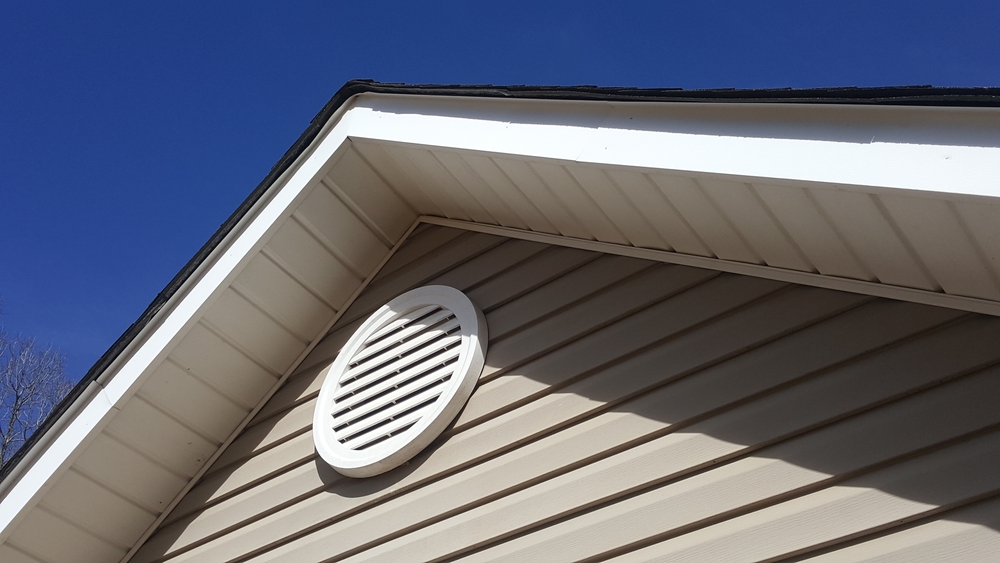
Attic Ventilation Basics: intake vents and Exhaust vents
Take note that depending on your needs, attic vents are designed in two types: intake vents and exhaust vents. For better understanding, let us take a depth look at the two.
Attic ventilation is important because hot air can build up in your attic, causing damage to your roof and insulation. By installing attic vents, you will prevent this from happening and improve energy efficiency by keeping the temperature regulated.
Intake vents; Bring That Fresh Air In
Intake vents are designed to bring in cool air from outside, while exhaust vents release hot air inside your attic. Balance is important to regulate air circulation and temperature in your attic properly. Generally, you should have 1 square foot of intake vent for every 300 square feet of attic space.
Exhaust vents; Let That Hot Air Out
Exhaust vents release hot air from inside your attic and can help regulate the temperature. These should be placed on the highest part of your roof to ensure the hot air can escape effectively. Generally, you should have 1 square foot of exhaust vent for every 150-300 square feet of attic space.
Considering the size and layout of your attic, it may be necessary to install both intake and exhaust vents for optimal ventilation. It’s important to consult with a professional to determine the right ventilation system for your home.
Well ventilated Vs. Poor Ventilated
So, what happens if your attic is not properly ventilated? You will expect a higher energy bill, as the temperature in your attic will not be regulated properly and can affect the overall temperature of your home.
Your roof may also suffer damage and other issues, such as:
- Buckled, curling, warped shingles.
- Delaminating roof deck plywood.
- Mold on attic insulation.
- Mold on attic structural pieces (rafters, joists, etc.).
- Condensation on rafters, joists, and roof deck.
- Greater number of insects.
- A/C is working too much in hot months.
- Ice dams building up near eaves.
- High summer energy bills.
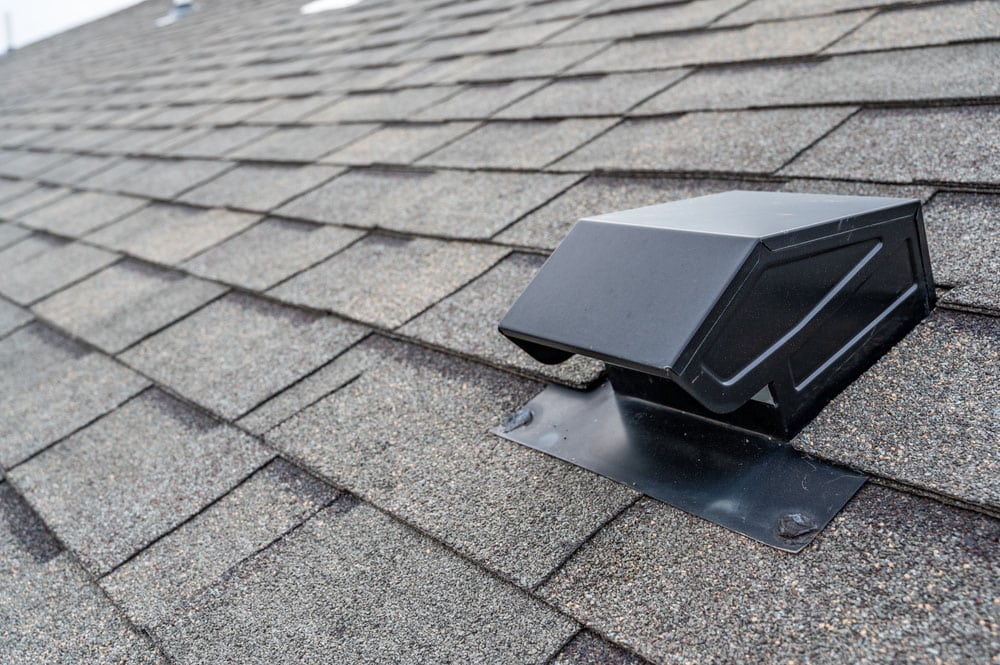
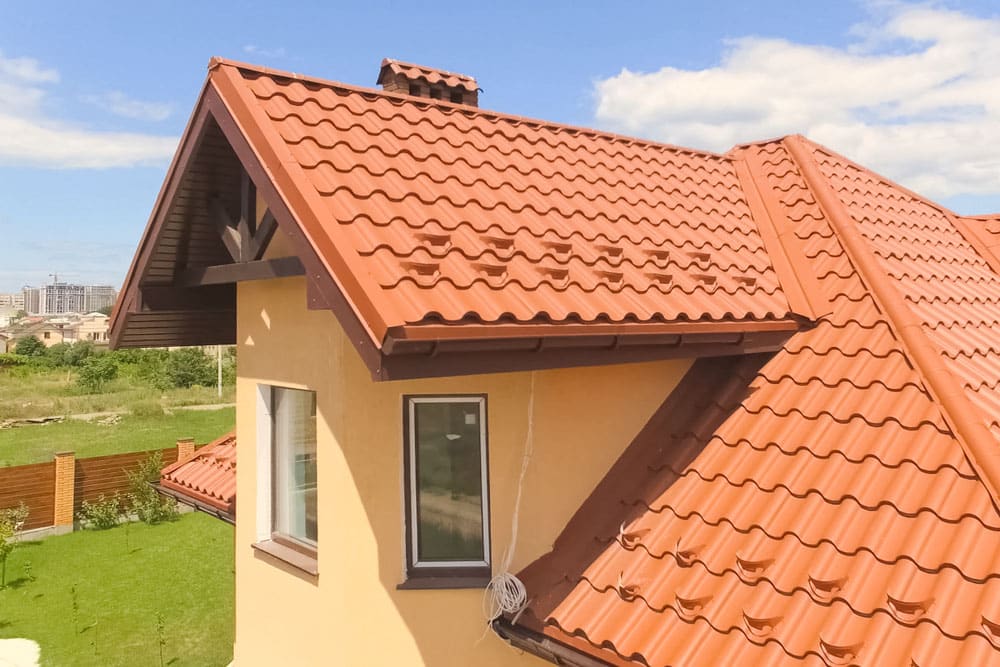
On the other hand, proper ventilation can prevent these issues and improve energy efficiency. It can also extend the lifespan of your roof by reducing damage from excessive heat and the following:
- Flat shingles.
- The roof deck is in good shape.
- Clean attic insulation.
- Rafters, joists, and underside of the roof deck are clean and free of mold.
- Dry throughout the attic; no condensation.
- Fewer or no insects.
- A/C running at normal capacity.
- Fewer or no ice dams.
- Reasonable summer energy bills.
Overall, attic ventilation is an important aspect of maintaining a healthy and efficient home. Consider your options and consult a professional to ensure proper ventilation.
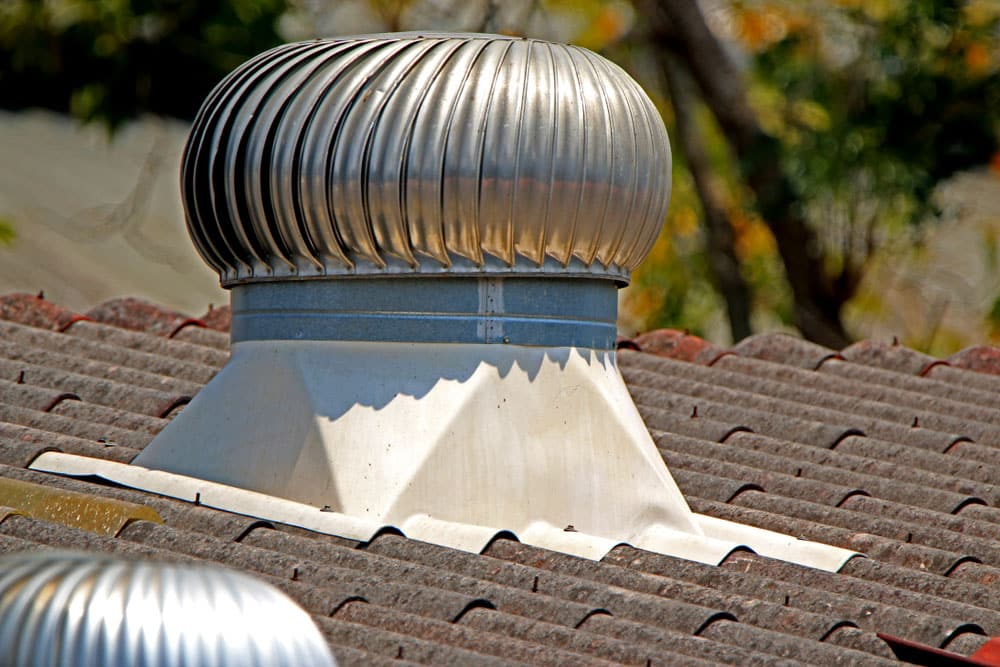
The Role of Roof Vents in Attic Ventilation
In addition to attic vents, roof vents play an important role in proper attic ventilation. Roof vents release hot air from the entire home through the roof there are various roles for roof vents, such as exhaust fans and range hoods.
In terms of attic ventilation, it’s important to have a balance between intake and exhaust. While attic vents bring in cool air from outside, roof vents release hot air inside the home. This balance helps regulate temperature and improve energy efficiency.
Roof intake vents, such as ridge vents or soffit vents, can also bring in cool air from outside and improve attic ventilation. It’s important to consult with a professional to determine the right combination of roof and attic vents for your home.

How to tell if your attic is properly vented?
If you’re like most homeowners, you probably don’t give much thought to your attic – that is, until you start noticing problems in your home. One of the most common attic-related issues is poor ventilation. Attics that are not properly ventilated can cause several problems, including air leaks, condensation, and ice dams.
It’s not always easy to tell if your attic is properly ventilated, but there are a few key indicators. Make sure to check for the following:
An equal balance of intake and exhaust vents. – This means that for every square foot of exhaust vent, there should be at least one square foot of intake vent.
Adequate vent placement. – The vents should be evenly distributed throughout the attic and not blocked by insulation or other obstacles.
Proper airflow. – Inspect your attic on a windy day to ensure that air flows through the vents as it should.
Leaks around doors and windows – Proper ventilation can help prevent moisture buildup, so if you notice leaks or condensation in these areas, it may signify that your attic needs more ventilation.
Black streaks or moss growth – These can be signs of excessive moisture, potentially indicating inadequate attic ventilation.
If you suspect your attic is not properly ventilated, consult a professional for assistance in finding and implementing a solution. In the long run, proper ventilation can save you time and money by preventing costly damage to your home.
Possible Problems you may encounter upon Ventilation
There are a few potential problems that may arise with attic ventilation. We will explore these problems for you to be aware of when considering attic ventilation. Here are the possible problems:
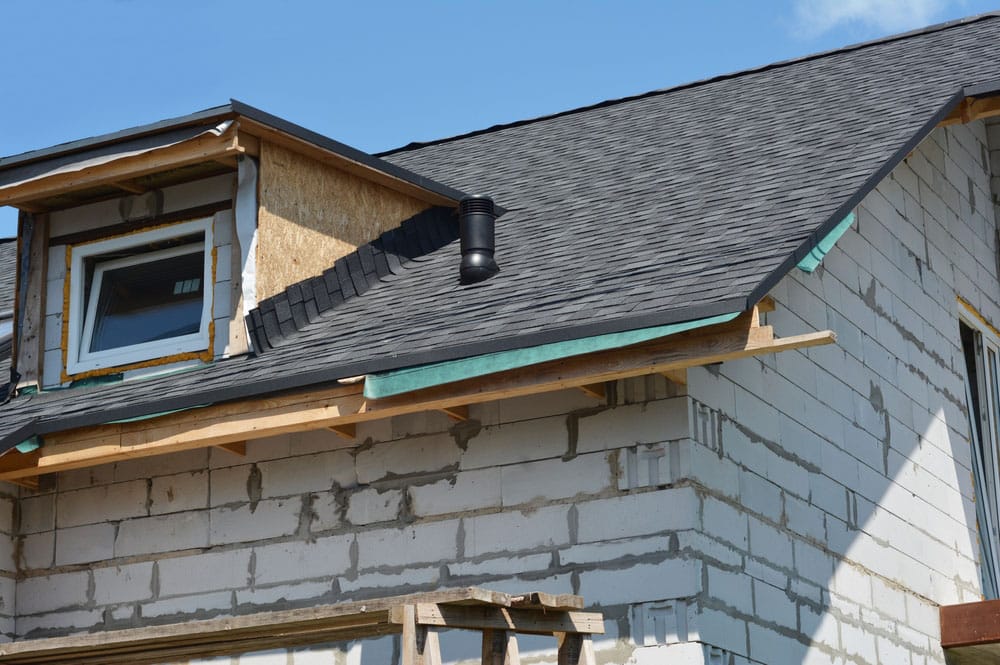
Air leakage
If the ventilation system is not properly installed, it can create air leaks in the attic and throughout the home. This can lead to higher energy costs and discomfort in the living space.
Condensation
Condensation and inadequate ventilation can lead to moisture buildup in the attic, leading to mold and mildew growth.
Roof Damage
Excessive moisture and temperature fluctuations can also cause damage to the roof, leading to costly repairs.
It’s important to consult with a professional before implementing any ventilation system, as they can assess your specific needs and ensure proper installation to avoid these potential issues. With proper planning and maintenance, attic ventilation can provide numerous benefits for your home.
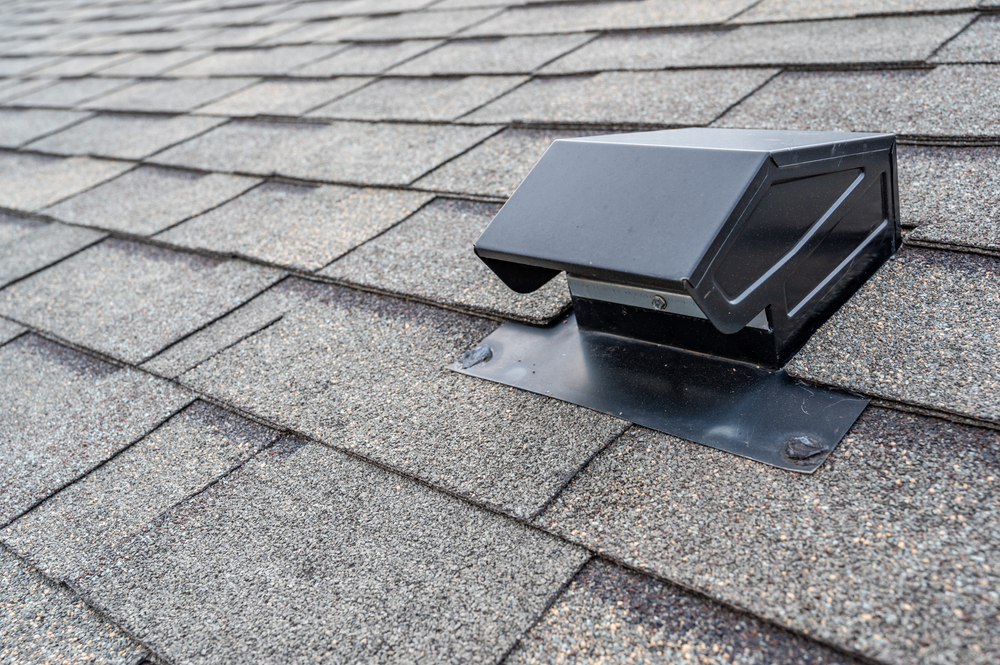

9 Tips on How to Improve Attic Ventilation
- Ensuring your attic is properly ventilated can prevent air leakage, condensation, and roof damage. Here are some tips for improving ventilation in your attic:
- If needed, add or install intake vents and exhaust vents to ensure proper balance.
- Keep vents clear of insulation or other obstructions to allow for airflow.
- Make sure there is an equal balance of intake and exhaust vents.
- Check for proper vent placement and ensure they are not blocked by insulation or other obstacles.
- Inspect the attic on a windy day to ensure proper airflow.
- Consider adding additional vents if needed.
- Keep vents clear of debris or obstructions to allow for proper airflow.
- Regularly inspect for leaks or condensation, as these can be signs of inadequate ventilation.
- Consult a professional if you have concerns or questions about your attic’s ventilation system.
With proper planning and maintenance, attic ventilation can provide numerous benefits for your home and prevent costly damage in the future.
Do all attics need vents?
While ventilation is important for attics, not all attics necessarily need vents. It depends on factors such as the climate, insulation levels, and overall design of the attic space.
Consulting with a professional can help determine if your attic needs ventilation and the best solution for your specific circumstances.
However, it is generally recommended to have some form of ventilation in attics to prevent moisture buildup and promote healthy airflow. It’s always better to err on the side of caution and ensure proper ventilation in your attic space.
Overall, remember that proper attic ventilation can save you time and money by preventing damage to your home in the long run. Take the necessary steps to ensure your attic is properly ventilated.
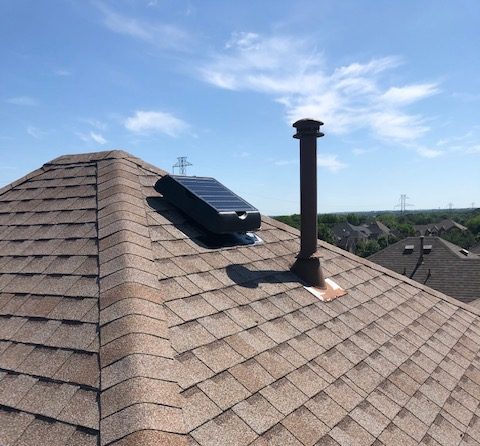
Tips on maintaining attic ventilation
Maintaining proper attic ventilation can be just as important as initially installing it. Here are some tips for maintaining your ventilation system:
- Regularly inspect vents for obstructions or debris that may block airflow.
- Keep vents clear of insulation to ensure proper airflow.
- Inspect for leaks or condensation, which could indicate a problem with the ventilation system.
- Check for the proper balance between the intake and exhaust vents.
- Consider adding additional vents if necessary.
- Consult a professional if you have concerns or questions about your attic’s ventilation system.
- Regularly assess and make adjustments as needed to maintain a healthy level of ventilation in your attic space.
- Ensure proper maintenance and cleaning of the ventilation system to prevent any potential issues.
- Consider ventilation when adding insulation to the attic, as it can affect airflow.
Properly maintaining your attic’s ventilation system can prevent damage and discomfort in the long run. Take the necessary steps to ensure your attic is properly ventilated and maintained.
Frequently Asked Questions about Attic Vents
Do attic vents really work?
When properly installed and maintained, attic vents can provide numerous benefits for the home. This includes reducing energy costs, extending the roof’s life, and preventing condensation and mold growth.
Are attic vents necessary?
While not always required by building codes, attic vents can be beneficial in preventing moisture buildup and extending the life of the roof. Consult a professional to determine if attic vents are necessary for your home and location.
What is the best way to vent your attic?
The best type of attic ventilation will vary depending on the specific needs and layout of the home. Consult with a professional to determine the most effective solution for your home. This may include a combination of intake vents, exhaust vents, and ridge vents.
What happens if the attic is not vented?
Without proper ventilation, the attic can experience excessive moisture buildup and temperature fluctuations. This can lead to air leaks, condensation, mold growth, and roof damage. Consult a professional to determine the best ventilation solution for your home.
Final Thoughts
If you have an attic, it is important to ensure it is ventilated properly. Attic vents help to regulate the temperature in your attic and prevent moisture build-up, which can lead to wood rot and other problems. Most homeowners don’t think about their attic vents, but they play an important role in keeping your home cool in the summer and preventing ice dams in the winter. There are a few different attic vents available on the market, so be sure to research before making a purchase.
The indoor air quality, energy efficiency, and roof longevity can all be improved with proper attic ventilation. Consult a professional to determine the best solution for your home, and regularly inspect and maintain any vents to ensure they function properly. We hope this article has been informative and helpful!
